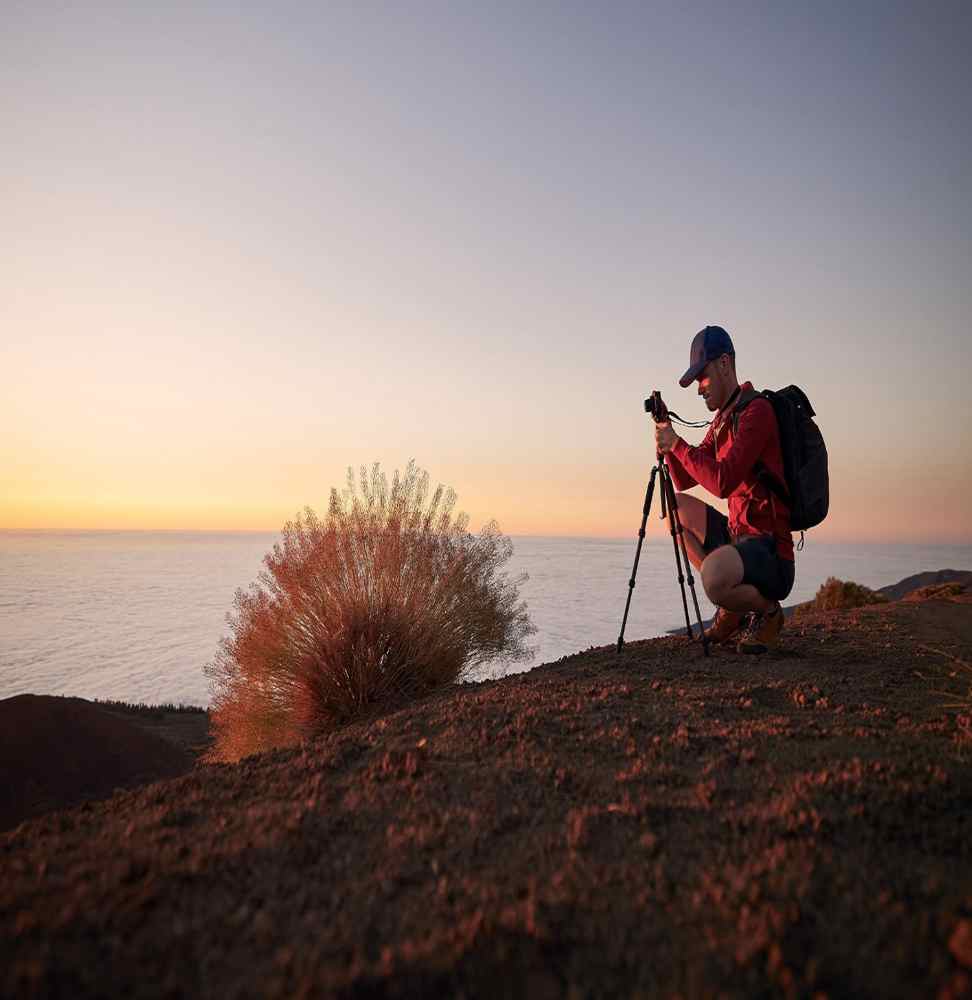11xplay Reddy Login, Betbhai9, T20exchange: Composition is a fundamental aspect of photography that can greatly enhance the overall impact of an image. By carefully considering elements such as framing, balance, leading lines, and symmetry, photographers can create visually compelling and engaging photographs. The way in which subjects are positioned within the frame can create a sense of harmony or tension, guiding the viewer’s eye and evoking specific emotions.
Furthermore, understanding the rule of thirds can help photographers create well-balanced and visually dynamic compositions. By dividing the frame into thirds both horizontally and vertically, photographers can place key elements along these lines or at their intersections to create more visually appealing compositions. This simple guideline can make a significant difference in the overall quality of a photograph and help photographers better communicate their intended message to viewers.
Understanding Lighting Techniques
Mastering lighting in photography is crucial for creating visually stunning images. The direction, intensity, and quality of light can greatly impact the mood and overall feel of a photograph. By understanding how different types of lighting affect your subject, you can enhance the narrative and evoke emotional responses from viewers.
Natural lighting, whether it’s soft and diffused on a cloudy day or direct and harsh during the midday sun, plays a significant role in photography. Paying attention to the angle of the light source and its interaction with the subject can help you achieve the desired effects in your photographs. It’s essential to observe how light changes throughout the day and experiment with various natural lighting conditions to capture the perfect shot.
Mastering Depth of Field
Depth of field is a fundamental concept in photography that allows photographers to control the sharpness of an image. By adjusting the aperture, photographers can determine how much of the image is in focus, creating a sense of depth and dimension. Understanding how depth of field works is essential for achieving the desired visual impact in a photograph.
One technique to master depth of field is by using a wide aperture to create a simple shallow depth of field. This technique is often used in portrait photography to isolate the subject from the background, resulting in a visually appealing image. By experimenting with different aperture settings, photographers can enhance the mood and storytelling of their photos through the manipulation of depth of field.
� Using a wide aperture creates the shallow depth of field
� Ideal for isolating the subject in portrait photography
� Experimenting with different aperture settings can enhance mood and storytelling in photos
Another technique to master depth of field is by using a narrow aperture to create a deep depth of field. This technique is commonly used in landscape photography to ensure that both the foreground and background are sharp and in focus. By adjusting the aperture accordingly, photographers can capture intricate details throughout the entire scene, creating stunning images with maximum clarity and sharpness.
� Using a narrow aperture creates a deep depth of field
� Ideal for capturing detailed landscapes with sharp foregrounds and backgrounds
� Adjusting the aperture helps maintain clarity and sharpness throughout the entire scene
In addition to adjusting the aperture, photographers can also manipulate depth of field by changing their distance from the subject. Moving closer to or further away from the subject can impact how much of the image is in focus, allowing photographers to create unique perspectives and compositions within their photographs.
� Changing distance from subject impacts depth of field
� Allows for creation of unique perspectives and compositions
within photographs
What is depth of field in photography?
Depth of field refers to the range of distance in a photograph that appears acceptably sharp. This can vary depending on the aperture setting and focal length of the lens.
Why is mastering depth of field important in photography?
Bet365 ID, Play247 Online, Iceexchange: Mastering depth of field allows photographers to control which parts of the image are in focus, creating a sense of depth and drawing attention to specific subjects.
How can composition affect depth of field in a photograph?
Composition plays a crucial role in determining how depth of field is used to enhance the overall look of the image. By carefully arranging elements within the frame, photographers can manipulate depth of field to create a desired effect.
What are some lighting techniques that can help enhance depth of field?
Using natural light sources, such as the sun or window light, can help create a sense of depth in an image. Additionally, using techniques like backlighting or side lighting can help add dimension to the scene.
How can photographers achieve a shallow depth of field?
To achieve a shallow depth of field, photographers can use a wide aperture (such as f/2.8 or wider) and position the subject at a distance from the background. This will help create a blurry background while keeping the subject in focus.
How can photographers achieve a deep depth of field?
To achieve a deep depth of field, photographers can use a smaller aperture (such as f/11 or smaller) and ensure that both the foreground and background are in focus. This is commonly used in landscape photography.
Have A Look:
Lawrence Taylor Net Worth – Biography, Lifestyle, Career
Hedon Texist Net Worth: The Rising NBA Star To Look Out For!

